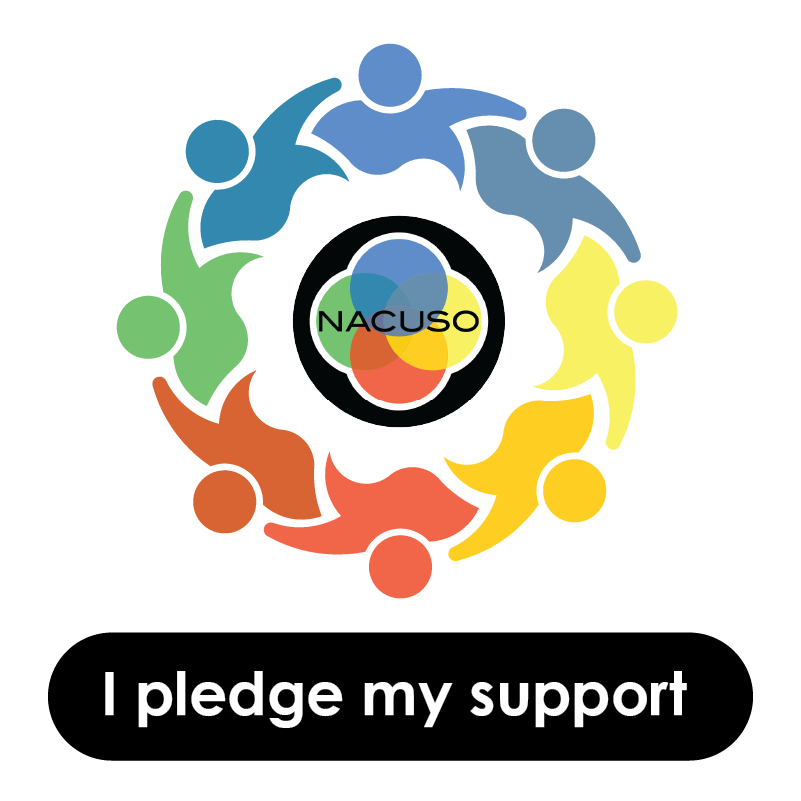
By Nelson Fisher, Principal Product Owner, Co-op Solutions
Designing the “seamless” digital experience that financial consumers expect ironically requires a lot of attention to seams. Behind today’s smooth, enjoyable and secure transactions are thousands of threads of code, protocols and definitions, all holding together different systems to give users a flawlessly harmonious experience.
How are financial institutions pulling this off? With an ever-expanding set of integration tools built by developers who keep the so-called API economy humming.
Credit Unions and the API Economy
The API economy thrives on the digital exchange of value, which in today’s financial space is typically data-based. To exchange data between, for instance, a member and a credit union, developers must create secure pathways that help data and services change hands instantaneously. APIs are among the most popular tools used to create those pathways.
A good example of an API-economy experience within the financial services space is credit card activation in a mobile banking app. The app is provided by the card-issuing financial institution. The activation service is provided by the card processor. The two providers must exchange data in real-time to allow cardholders to turn their cards on whenever they want in their preferred channel (in this case, the mobile app).
The API economy is also driving the concept of embedded payments, which presents something of a double-edge sword for traditional financial institutions. On the one hand, embedded payments enable credit unions to benefit from members who use a “set it and forget it” approach to their ongoing financial transactions, such as Amazon Prime Buy Now purchases or monthly Netflix subscriptions. On the other hand, embedded payments often mute the member’s choice, reducing market exposure to the credit union’s brand.
Research has shown, however, that brand satisfaction is inextricably linked to convenience. Today’s financial consumer wants those “set it and forget it” features and appreciates brands that make them simple to configure. In fact, those features are responsible for the surge in primary financial relationship primacy among credit unions’ fintech competitors.
Expanding the Integration Toolbox Beyond APIs
Notably, APIs are only one of the many tools utilized by developers within the API economy. Developers at Co-op Solutions, for example, recently added software development kits (SDKs) and drop-in user interfaces (UIs) to their set of integration tools – a toolbox that is shared with credit unions’ in-house software and app development teams.
APIs, SDKs and drop-in UIs are making a wider range of those features available to credit union members faster than ever before. And that speed-to-market is critical. Not only for credit union’s competitive posture and revenue health, but for members who may be tempted to bank with providers who offering convenience, but are less concerned about their financial well-being.
These APIs, SDKs and drop-in UIs are now available to every credit union through the Co-op Developer Portal, which is responsible for the acceleration of many credit unions’ fintech integrations. Canvas Credit Union of Denver, Colorado, recently beta tested the new SDK and drop-in UI options as a proof of concept. “We believed the experience would help educate us for the future, as we are closely integrated with the Co-op payments ecosystem,” said Tyler Burd, Enterprise Solutions Architect for Canvas CU.
Getting Digital Experiences to Members, Lightning Fast
Deciding which integration tool is best often comes down to a credit union’s resources. Whereas APIs may require a credit union to bring its own developers, quality assurance team and source code to the table, SDKs and drop-in UIs eliminate the need for source code from the credit union. CU developers and QA teams will still be necessary with SDK and drop-in UI projects, just to a lesser extent. What’s more, the business use cases, modern UI designs and user experience best practices are already baked into SDK and drop-in UIs, taking out a lot of the integration guesswork.
At the end of the day, members trust and engage with financial providers that deliver the digital experiences they expect. Getting new digital experiences to market lightning fast, even before members know they want them, is how credit unions can separate themselves from the increasingly large and diverse pack of competitors.
Fintech integration means members needs are heard – often anticipated – and met, solidifying primary financial relationship status and growing the financial health of millions along the way.
About the Author
Nelson Fisher is Principal Product Owner, responsible for the Co-op Developer Portal, for Co-op Solutions (www.coop.org) , a payments and financial technology provider to credit unions. Nelson can be reached at nelson.fisher@coop.org.


























